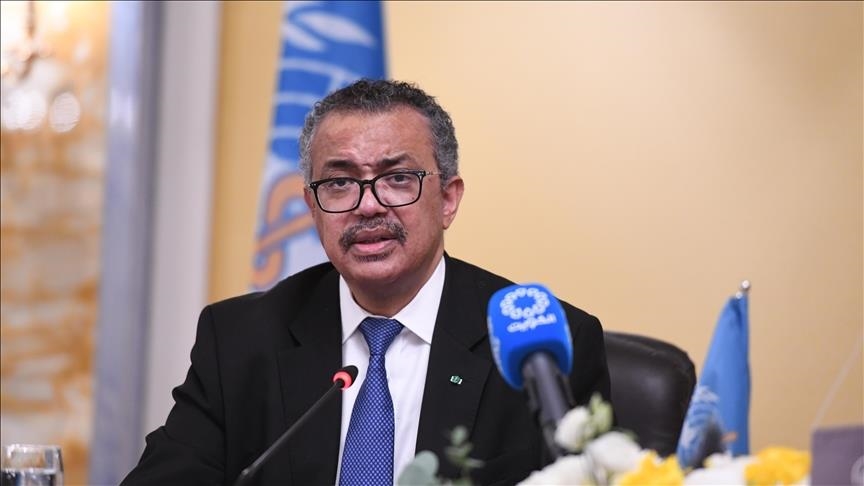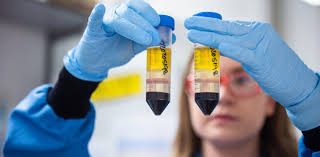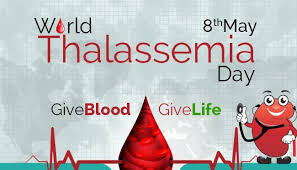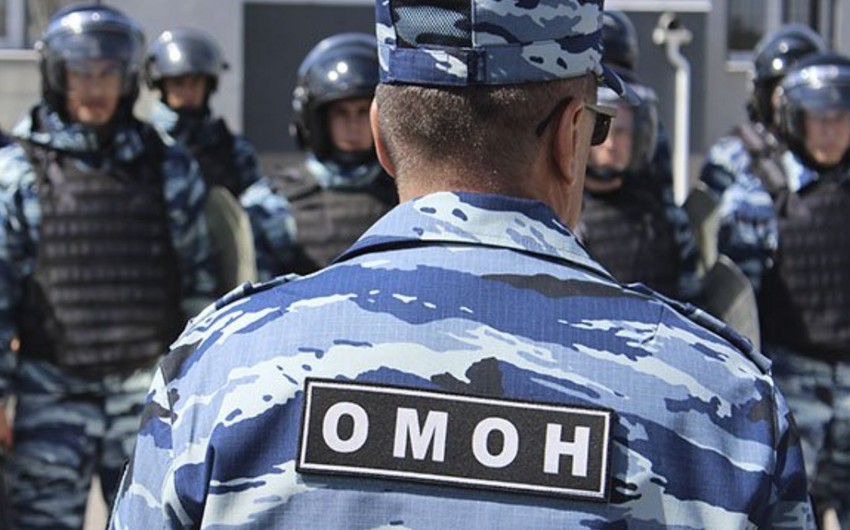Do you remember the scene in Netflix’s Russian Doll where Nadia’s adopted aunt and psychologist, Ruth, coaches a client through a traumatic past experience while offering advice on how to improve his marriage? The bleary-eyed client recalls a troubling incident while his eyes follow green dots traveling back and forth across a light bar.
No? I don’t blame you—at first glance, the scene didn’t seem related to the plot. However, it depicts one of the multiple tools used in Eye Movement Desensitization Reprocessing (or EMDR), a form of psychotherapy that, according to some Reddit theorists, plays a significant role throughout Russian Doll and might have influenced the name of the show.
However, it’s not just a TV thing—EMDR is a real (albeit somewhat controversial) mental health treatment. Kerry Mack, a filmmaker living in New York, has been using EMDR to cope with her traumas over the last eight years. “When I was 12, my older brother passed away very unexpectedly at the age of 17, and I have used EMDR to process memories inside the hospital when he passed, during his funeral, and a lot of the associated aftermath,” she says. But what exactly is this, and how could something seemingly as simple as looking at blinking lights be so helpful?
What is EMDR?
The short version: EMDR is a type of psychotherapy that helps people desensitize and reprocess triggering or traumatic memories so they’re no longer emotionally charged. “When a person is upset, their brain cannot process information as it does ordinarily, and one moment becomes ‘frozen in time,’ where remembering that trauma may feel as bad as going through it the first time,” says Jeanne A. Martin, LPC, a certified EMDR therapist and consultant in Charlottesville, Virginia.
In order to help a person overcome their traumatic memories, trained therapists aim to activate both sides of a patient’s brain with stimuli (called bilateral sensory input), such as side-to-side eye movements (as seen in Russian Doll) or auditory stimulation while a person talks about their memories and emotions. “Some scientists believe that all these strategies cause a constant refocusing of attention called an ‘orienting response,’ that links into the same brain function which occurs during REM sleep,” Martin says. EDMR stimulation forces the left and right parts of the brain to engage and connect, “unlocking and healing the many different parts of the memory,” says Anna Eckhardt, LCSW-R, a certified trauma and EMDR therapist in New York.
This treatment method is relatively new; it was developed in the 1980s by psychologist Francine Shapiro, specifically to help with post-traumatic stress disorder (PTSD). And unlike talk therapy and other forms of treatment, EMDR doesn’t just focus on the emotions and thoughts caused by a traumatic incident. Instead, per the American Psychological Association, it addresses a person’s memory of a traumatic incident and how it’s stored in the brain. It’s generally accepted as an effective mechanism for helping people with PTSD, although some scientists remain skeptical.
“When a person is upset, their brain cannot process information as it does ordinarily, and one moment becomes ‘frozen in time,’ where remembering that trauma may feel as bad as going through it the first time.”
Think of EMDR as opening (and rehabbing) a corrupted file in a computer, says Eckhardt. “[You’re] accessing a file that’s been misfiled in the brain and finding all the fragmented pieces and parts of a memory, allowing bilateral stimulation to update and consolidate the file,” she says. Reordering that memory file can help a person feel less triggered or upset by their current situation or past memories. After EMDR therapy, a person may no longer relive those negative images, sounds, and feelings when recalling a traumatic event—they still remember what happened, it’s just a lot less upsetting.
Mack describes the process as working through a memory and draining all emotion from it. “The memory itself remains, but I don’t have any particular feelings about it because we have removed its power,” she says. “By the end, we have processed it from my short-term to my long-term memory, and it no longer feels haunting, upsetting or threatening.”
What is EDMR used for?
While EMDR was designed originally for PTSD, Eckhardt says it can help with what she calls “big-T traumas” as well as “small-t traumas.” The former refers to majorly traumatic events (e.g., sexual assault, car accidents, or post-war PTSD) that caused diffcultly for the brain and body with processing incoming information.
For Mack, that traumatic incident was the sudden death of her brother. “EMDR has helped me process some very specific memories related to my body, self-image, and self-worth after [my brother] died, which triggered my disordered behavior in the first place,” Mack says, like disordered eating and exercise.
“I want other people to know that trauma does not have to be a life sentence, it’s not a right of passage, it’s just a part of life—but there are tools to help, and we don’t have to suffer.”
A “small-t trauma,” on the other hand, might not have been as disturbing at the time, but has manifested in negative ways throughout a person’s adult life. “‘Small-t trauma’ is often described as the thousands of paper cuts over a period of time, most notably in developmental childhood years,” says Eckhardt. Think bullying or having emotionally distant parents, she says. Other examples of these types of “small-t traumas” include infidelity, conflict with loved ones, or financial stress.
Mack says EMDR therapy has been instrumental in overcoming the trauma of her brother’s death. So much so that she’s now directing a documentary about the neuropsychology of trauma and its manifestation in the body. “I don’t want EMDR to be the best kept secret any longer because I want others to heal,” says Mack. “I want other people to know that trauma does not have to be a life sentence, it’s not a right of passage, it’s just a part of life—but there are tools to help, and we don’t have to suffer.”
Ariana Grande’s brain scan certainly shows the impact of PTSD—but here’s why we shouldn’t need “proof” of mental illness. And here’s what it means when someone says they dissociate.









